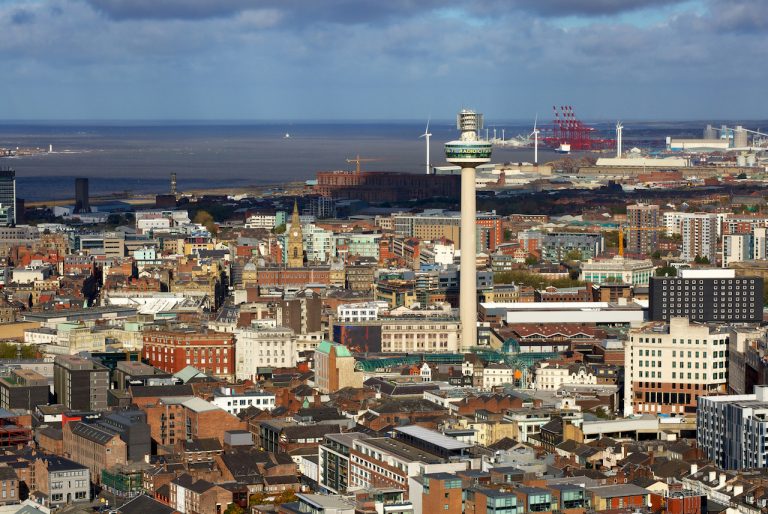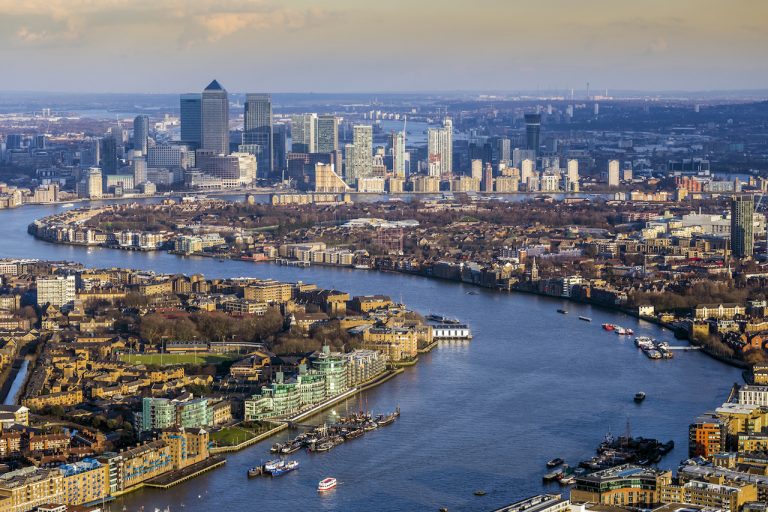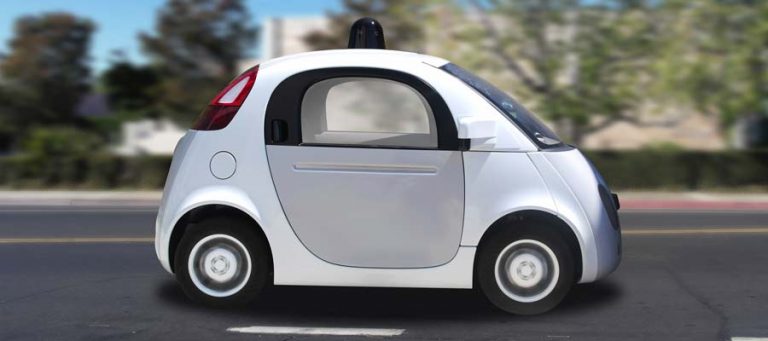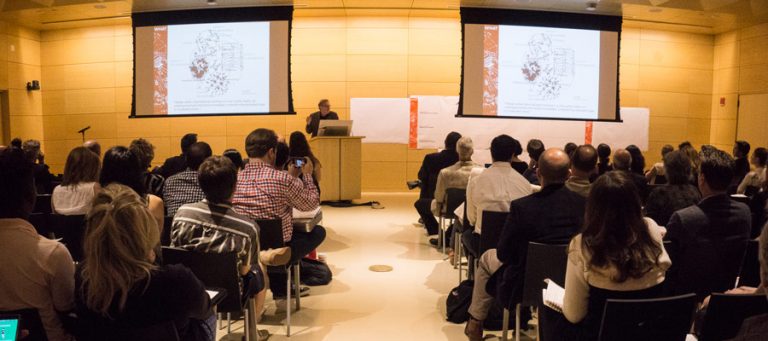Understanding the Soul Of A City
Even as smart city engineers, we too easily pass over thinking of the city as a complex of systems and narrow our view to some simpler, though still complicated, system that we can study in isolation. But cities do not function simply as a collection of parts. They function through the ways in which their citizens and other actors organize and connect these parts into personal and civic systems through which they can live their lives. Actors both exploit and contribute to the soul of the city. If we understood how they do this, we might then apply our skills and technologies to making cities “better,” although, as Jacob Bronowski liked to point out, “first you have to tell me what ‘better’ means.”
The Search for a Theory of Cities
In the first article in this series, I argued that cities are complex, urban ecosystems that exist at multiple spatial and temporal scales and that do not permit the kinds of decomposition or systems engineering on which technology is based. Because of this, until we have a deeper understanding of what really makes the city a living entity, our progress on smart cities will be inherently superficial and of limited impact. In this article I ask: if we want to develop an understanding of how cities work, how would we go about this?
The Limits of Data
When the idea of smart cities was born, some ten to fifteen years ago, engineers, including me, saw it primarily as a control system problem with the goal of improving efficiency, specifically the sustainability of the city. Indeed, the source of much of the early technology was the process industry, which was a pioneer in applying intelligent control to chemical plants, oil refineries, and power stations. Such plants superficially resemble cities: spatial scales from meters to kilometers, temporal scales from seconds to days, similar scales of energy and material inputs, and thousands of sensing and control points.
So it seemed quite natural to extend such sophisticated control systems to the management of cities. The ability to collect vast amounts of data – even in those pre-smart phone days – about what goes on in cities and to apply analytics to past, present, and future states of the city seemed to offer significant opportunities for improving efficiency and resilience. Moreover, unlike tightly-integrated process plants, cities seemed to decompose naturally into relatively independent sub-systems: transportation, building management, water supply, electricity supply, waste management, and so forth. Smart meters for electricity, gas, and water were being installed. GPS devices were being imbedded in vehicles and mobile telephones. Building controls were gaining intelligence. Cities were a major source for Big Data. With all this information available, what could go wrong?





